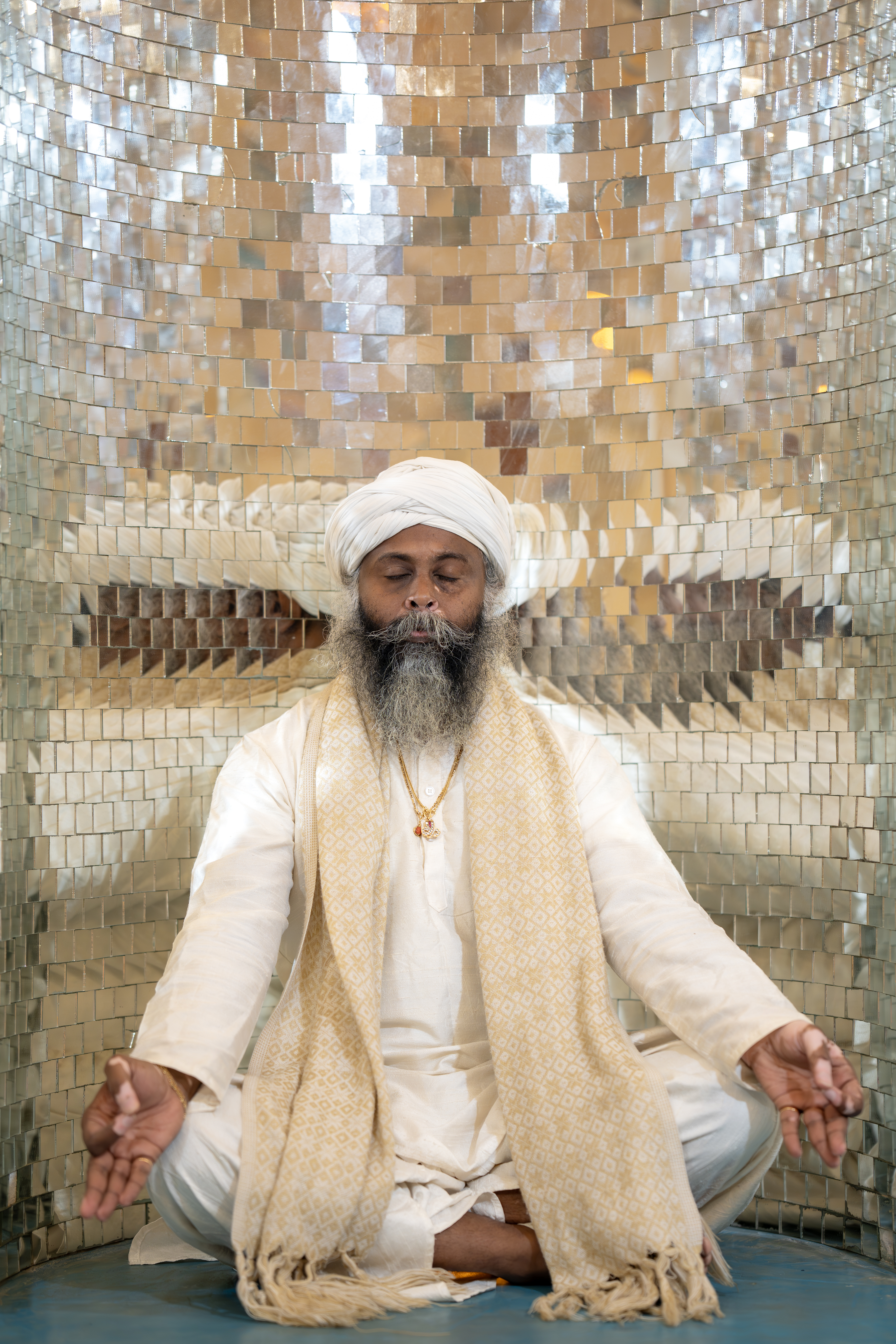In today's world, where grand gestures and dramatic displays of affection often capture attention, there exists a quieter form of love marked by emotional maturity. This love eschews the need for noise; instead, it listens, pauses, and focuses on nurturing the relationship. It's about asking, "How can I care for you better?" without shouting or storming off, offering a stable foundation for a truly transformative experience.
The heart of this intimacy is evident when simply saying, "That hurt me," doesn't lead to conflict, but rather invites understanding and empathy. In an emotionally mature relationship, partners hold space for each other, prioritizing each other's feelings over their own pride. This sacred bond is characterized by mutual respect and trust, allowing for honest communication without fear of blame, gaslighting, or silent treatment.
This type of love offers a sense of safety and consistency, where disagreements are handled with kindness and vulnerability is nurtured, not punished. Its simplicity is revolutionary, shifting the focus from chaotic passion to enduring peace. With clear communication, accountability, and loyalty, this love transforms not just the relationship, but the individuals within it, creating a life of harmony and deep connection.
Read more...In Vedic astrology, Mars, or Mangala, extends beyond mere ambition and physical energy, significantly influencing one’s karmic journey. It governs essential traits such as willpower and courage, yet, if misdirected, can lead to conflict and relationship struggles, particularly through the concept of Mangal Dosha. The Nakshatra Mars occupies at your birth profoundly shapes experiences like karmic tension, emotional reactions to anger, and unresolved ancestral issues, impacting personal and relationship dynamics.
Mars' placement in different Nakshatras can offer a unique emotional blueprint, affecting how individuals handle competition and confrontation. By understanding your Mars Nakshatra, you gain insights into where you might encounter internal battles or sabotage your success. Mars acts as a gatekeeper to your karma, and its understanding is crucial for transforming friction into focused energy that propels personal growth and success.
To harness Mars constructively, individuals can explore their Vedic birth chart to learn their Mars Nakshatra, alongside engaging in practices such as yoga, martial arts, and targeted rituals. These activities help channel Mars’ fiery energy positively, transforming it from a potential source of destruction into a power that fuels dharma and personal mastery. By balancing Mars’ energy, one can convert potential obstacles into a sacred fire that lights the path forward.
Read more...The blog post "You Are Not Late. You’re Ripening" introduces the concept of Sacred Readiness, emphasizing that life unfolds not according to our impatience or desires but through a natural process of preparation and alignment. It reflects on the concept that delays and setbacks are not hindrances but critical phases of development that ensure we become capable of holding and nurturing our aspirations without self-sabotage. This idea serves as a reminder that the process of ripening aligns us with our true potential, and prepares us to receive and sustain our goals gracefully and fully.
Sacred Readiness is described as the threshold of alignment between desire and destiny, where the universe waits for individuals to develop the inner capacity to hold their desires without breaking. Modern culture may celebrate urgency, but this perspective encourages understanding that true fulfillment comes not from pressing forward in haste, but from recognizing one's current season of life and preparing for what is to come. Among the signs that you are moving toward readiness are shifting from chasing to preparing, aligning instead of begging, and trusting rather than proving.
The blog outlines practical ways to cultivate Sacred Readiness by clearing your energy field, tending to your body, strengthening your devotion, and practicing internal congruence. It suggests that when the time is right, what is rightfully yours will present itself with ease and clarity, and prompts readers to prepare internally in anticipation of that moment. Ultimately, the essence of the Law of Sacred Readiness is that life seeks not just to fulfill wants, but to align us with what we are truly ready to become, offering profound growth and transformation.
Read more...Love is truly tested in moments of injustice and betrayal, not during times of ease and comfort. The maturity of love, whether directed towards oneself, others, or the Divine, is revealed when faced with unkindness, abandonment, or misunderstanding. It is in these challenging moments that one must choose to remain grounded in values, devotion, and inner peace rather than closing off or retaliating.
Spiritual maturity is not about achieving perfection but about responding thoughtfully rather than reacting impulsively. It involves being present and choosing to maintain kindness, integrity, and peace even when hurt or disappointed. This approach does not mean suppressing emotions but rather feeling them fully and responding in alignment with one's highest self.
Every challenge serves as a mirror, reflecting one's inner state and offering an opportunity to choose love as a discipline and a daily practice. Mature love is reflective, rooted in inner truth, and focused on compassion rather than being right. By choosing love in the face of conflict, one can deepen devotion and allow love to become a transformative force, guiding personal growth and evolution.
Read more...Explore the transformative power of sacred mantras with this ancient Vedic chant that embodies a living prayer to Lord Krishna, the deity of love, compassion, and divine intelligence. This mantra goes beyond mere words, serving as a heartfelt invocation for deep spiritual connection and transformation. Reciting it regularly, especially on Mondays, invites the energy of Krishna's unconditional love and divine joy into your life.
The mantra offers multifaceted benefits: it aids in manifesting desires by dissolving inner resistance and aligning your life with the flow of grace. It also provides divine protection against unseen forces, serving as a spiritual armor against negativity and fear. Additionally, chanting this mantra alleviates suffering by offering emotional release and soothing anxiety, while uplifting your spirit into a state of devotional love and universal connection.
Incorporate this powerful mantra into your daily practices, whether during meditation, silent reflection during challenging times, or as part of your regular routine. Write it down 27 times on Mondays for enhanced devotion and manifestation, play it as a chant in the background during yoga or daily activities, and make it a staple in your prayer rituals. Let the mantra be a bridge from worldly distractions to inner peace and divine presence, offering empowerment and graceful surrender.
Read more...
